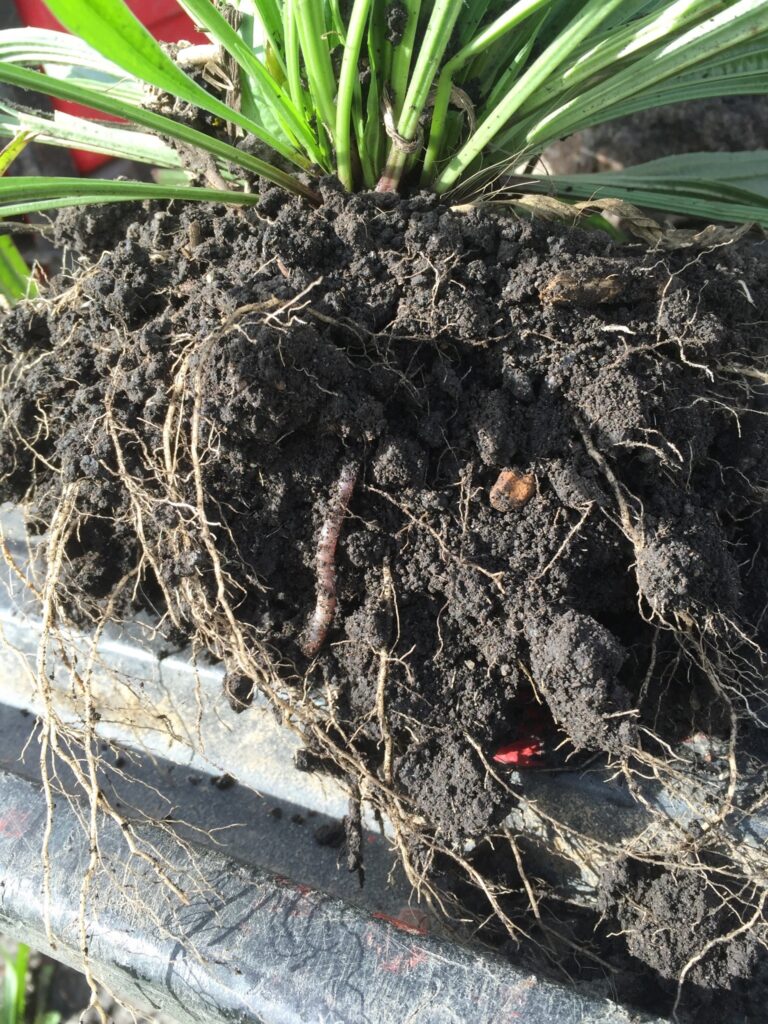-

July 28, 2020What Makes Soil Healthy? Photo credit to Cover Crops Canada Soil health has been defined as “the continued capacity of soil to function as a...
Keep Reading -

July 24, 2020Attention Researchers And Extension Agents: Deadline For BCRC LOIs Is 2 Weeks Away The Beef Cattle Research Council (BCRC) and Alberta Beef Producers...
Keep Reading -

July 14, 2020Bov-Innovation will Come to You this August in a New Online Format Like everyone this year, the Beef Cattle Research Council (BCRC) and its industry...
Keep Reading